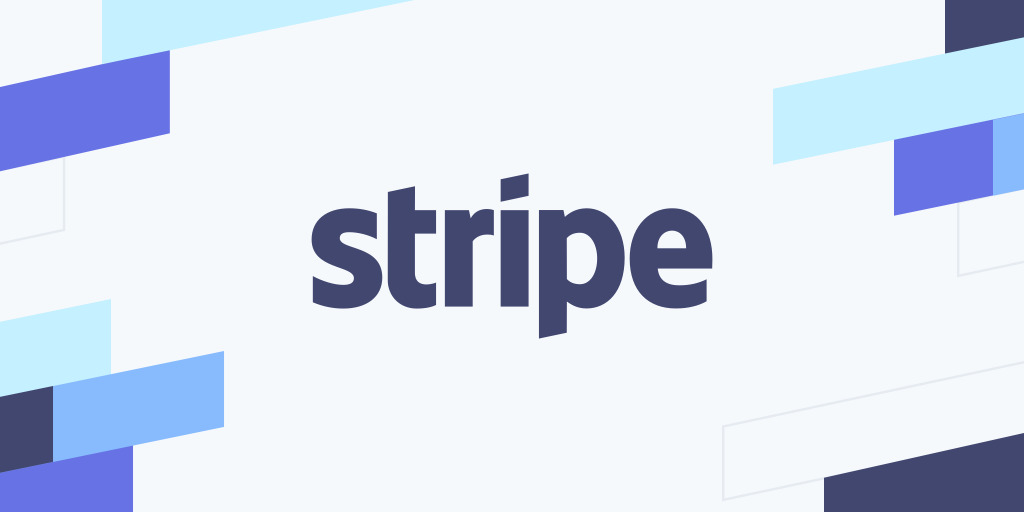As a leading global payment technology company. StripeThis article is filled with practical advice and valuable insights to help you get organized and well-organized. Whether you are just starting to prepare your resume or have already received the Stripe interview, this article is filled with practical advice and valuable insights to help you get organized and well-prepared. prepared.

Recruiter Phone Interview
The phone interview is the first step in Stripe's recruitment process. This stage mainly aims to conduct an initial screening of candidates, understand their backgrounds, interests, and knowledge of Stripe. This stage mainly aims to conduct an initial screening of candidates , understand their backgrounds, interests, and knowledge of Stripe.
The recruiter will communicate with candidates via phone or video, discussing their experiences in the resume, career goals, and their interest in Stripe. The recruiter will communicate with candidates via phone or video discussing their experiences in the resume, career goals, and their interest in Stripe. This part is usually non-technical and mainly assesses communication skills and cultural fit.
Behavioral Assessment
It is usually an online test or questionnaire used to evaluate candidates' behavioral traits and teamwork abilities.
The purpose of this stage is to understand how candidates perform in a team and whether they possess the behavioral traits that Stripe values. The test may include situational questions such as "How do you handle team conflicts? include situational questions, such as "How do you handle team conflicts?" or "How do you stay productive under pressure? The test may include situational questions, such as "How do you handle team conflicts?" or "How do you stay productive under pressure?" It may also be a personality test to evaluate the candidate's work style and teamwork inclination.
This stage usually takes 15-30 minutes to complete and is a relatively relaxed but crucial step in the entire recruitment process.
Technical Phone Interview
This stage will assess candidates' technical capabilities and problem-solving thinking. It usually includes questions about It usually includes questions about algorithms, data structures, system design, etc., and may require candidates to write code or solve problems in real time.
Onsite Interview
This stage conducts an in-depth evaluation of candidates' technical capabilities, teamwork abilities, and cultural fit. It usually includes multiple rounds of interviews, covering programming, system design, and behavioral questions. This stage conducts an in-depth evaluation of candidates' technical capabilities, teamwork abilities, and cultural fit. It usually includes multiple rounds of interviews, covering programming, system design, and behavioral questions.
The programming interview assesses candidates' coding skills and code quality, typically requiring them to solve a programming problem involving algorithms, data structures, or real-world application scenarios. The programming interview assesses candidates' coding skills and code quality, typically requiring them to solve a programming problem involving algorithms, data structures, or real-world application scenarios.
Exclusive Real-Exam Questions Sharing
Part 01
In an HTTP request, the Accept-Language header describes the list of languages that the requester would like the content to be returned in. This header takes the form of a comma-separated list of language tags. takes the form of a comma-separated list of language tags.
For example.
Accept-Language: en-US, fr-CA, fr-FR
This means that the reader would accept.
- American English (most preferred)
- French as spoken in Canada
- French as spoken in France
We are writing a server that needs to return content in an acceptable language for the requester, and we want to make use of this header information. Our server currently does not support all possible languages that might be requested, but there is a set of languages that we do support. server currently does not support all possible languages that might be requested, but there is a set of languages that we do support.
Write a function that takes two arguments: a string representing the value of the Accept-Language header and a set of supported languages, and returns a Write a function that takes two arguments: a string representing the value of the Accept-Language header and a set of supported languages, and returns a list of language tags that are suitable for the request. The language tags should be returned in descending order of preference (the same order as they The language tags should be returned in descending order of preference (the same order as they appear in the header).
parse_accept_language(
"en-US, fr-CA, fr-FR".
["fr-FR", "en-US"]
)
# Returns: ["en-US", "fr-FR"]
parse_accept_language("fr-CA, fr-FR", ["en-US", "fr-FR"] )
# Returns: ["fr-FR"]
parse_accept_language("en-US", ["en-US", "fr-CA"])
# Returns: ["en-US"]Part 02
The Accept-Language header usually also includes a language tag that is not region-specific. For example, the tag "en" means "any variant of English". Extend your function to support these language tags so that it can match all specific variants of the language.
# Example 1
result1 = parse_accept_language(
"fr-FR;q=1, fr-CA;q=0, fr;q=0.5", ["fr-FR", "fr-CA", "fr-BG"]
["fr-FR", "fr-CA", "fr-BG"]
)
# Returns: ["fr-FR", "fr-BG", "fr-CA"]
# Example 2
result2 = parse_accept_language(
"fr-FR;q=1, fr-CA;q=0, *;q=0.5",
["fr-FR", "fr-CA", "fr-BG", "en-US"]
)
# Returns: ["fr-FR", "fr-BG", "en-US", "fr-CA"]
# Example 3
result3 = parse_accept_language(
"fr-FR;q=1, fr-CA;q=0.8, *;q=0.5",
["fr-FR", "fr-CA", "fr-BG", "en-US"]
)
# Possible return order: ["fr-FR", "fr-CA", "en-US", "fr-BG"]Pass with Efficiency, Start from Preparation!
Stripe interviews They not only test your coding ability but also highly value your communication style, logical thinking, and teamwork skills.
If you feel confused during the preparation process, you can contact us. ProgramHelp provides a full-process service including code tutoring, interview simulation, VO assistance, OA proxy work, etc., to help you accurately break through difficulties and land the job efficiently.


